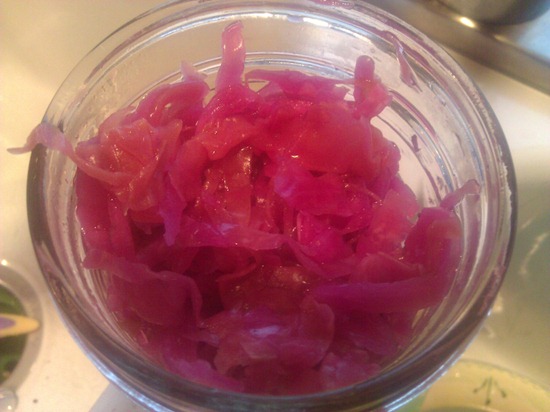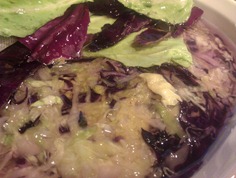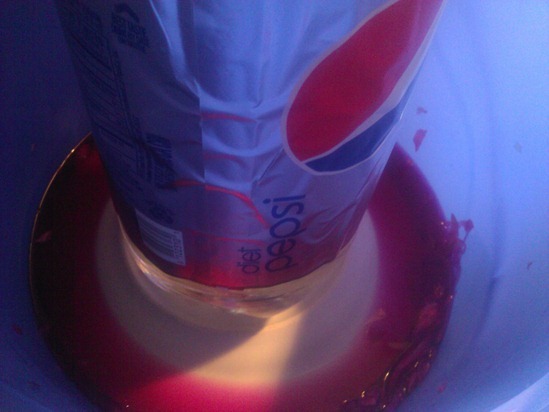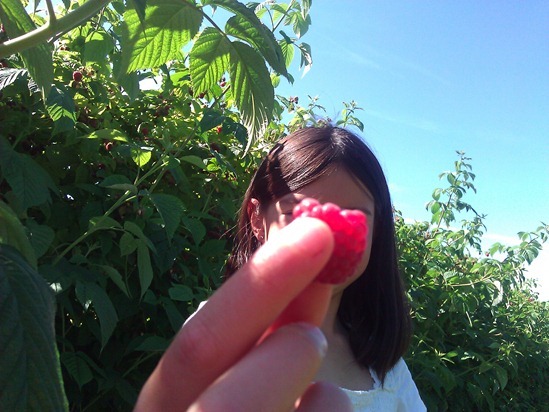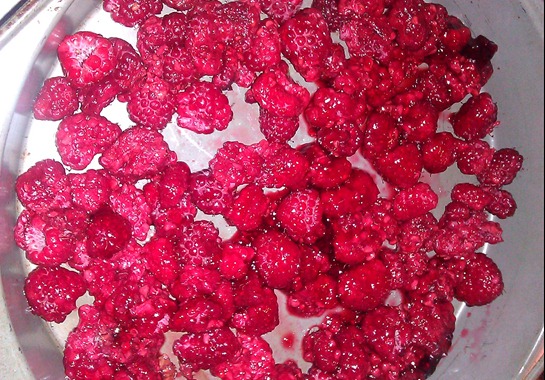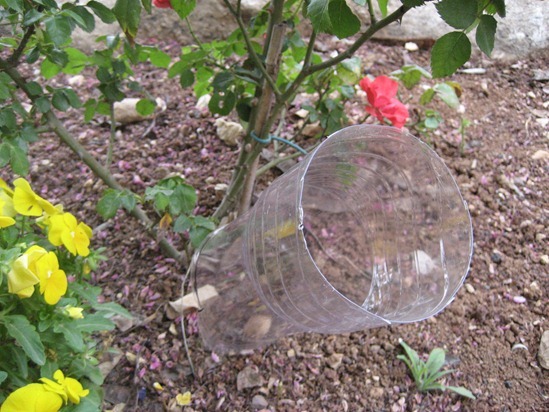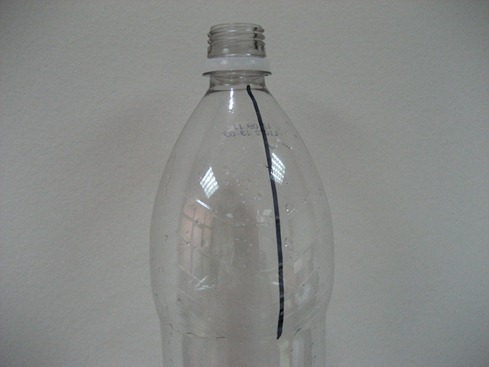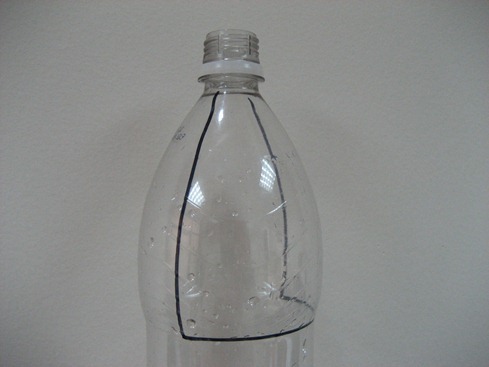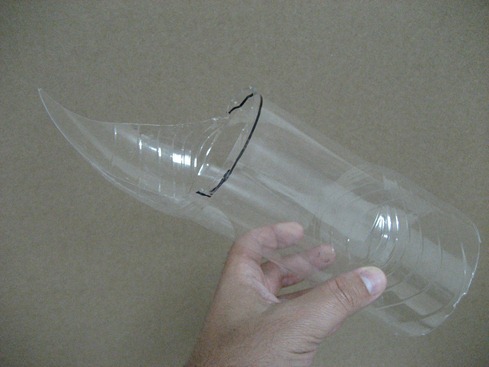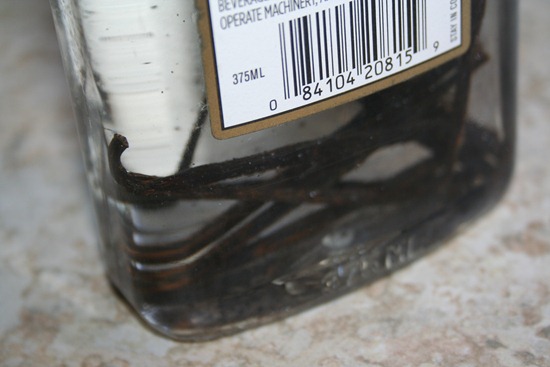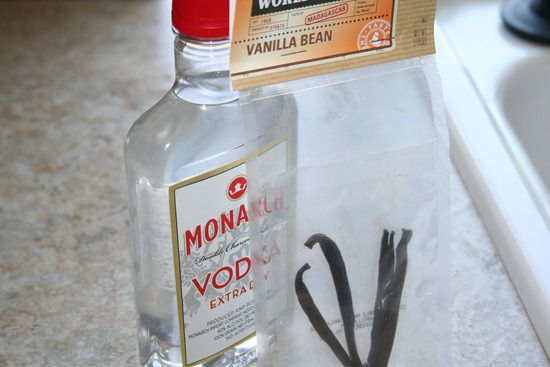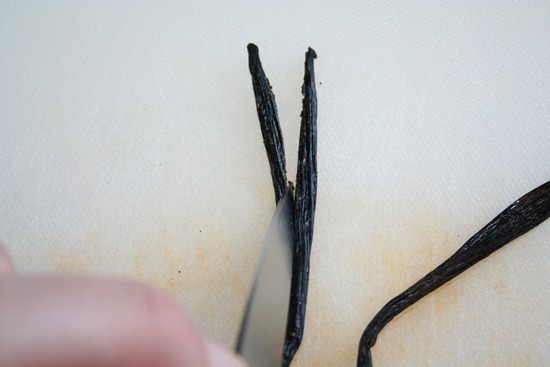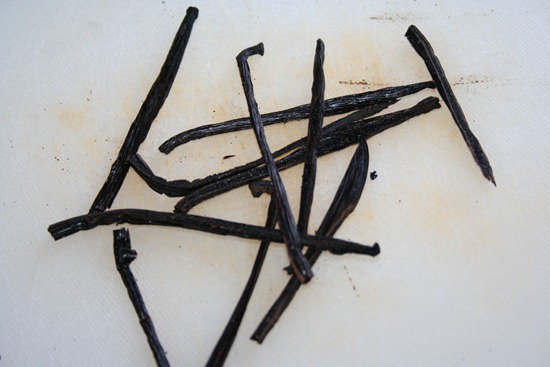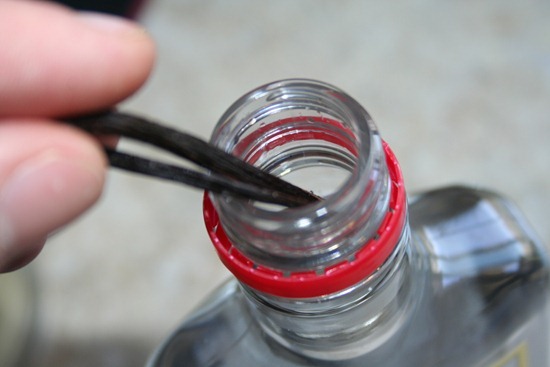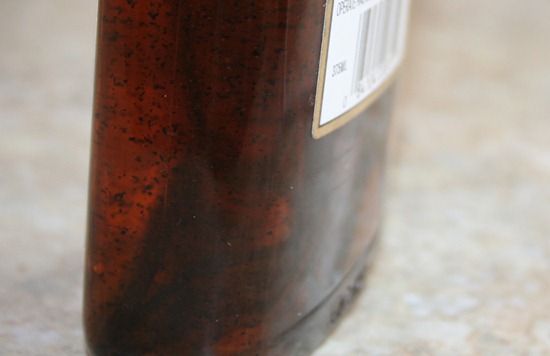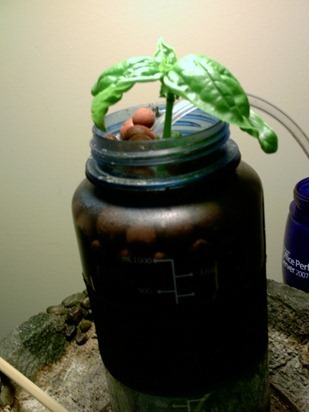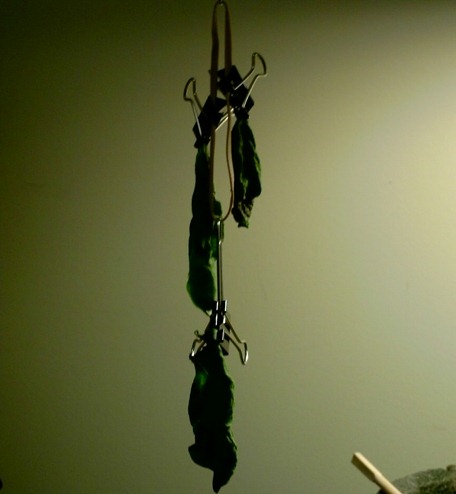How to make your own sauerkraut
12.4 years ago cabbage, cheap, sauerkraut
Sauerkraut is not only a tasty condiment to add to a hot dog or various German dishes but also is loaded with tons of beneficial bacteria which can help enhance your gut flora to make you more regular but also aid in allowing your body to absorb more nutrients from the foods you eat leading to higher satiety. So in simple terms sauerkraut can actually help you lose weight.
Now before you head off to the grocery store to buy yourself a tub of sauerkraut, if it comes in a jar most likely it has been cooked killing all the beneficial bacteria…assuming it was actually fermented to begin with. Some sauerkraut is sold as basically cabbage soaked in vinegar, though it may taste similar it does not have the added health benefits. Though you probably can find some fresh sauerkraut at a specialty store in your area it is actually very easy to make with only two ingredients required.
Step 1: Slice the cabbage. Start with with 2 heads of cabbage (for pink sauerkraut like mine above use equal amounts of red and green cabbage) and cut into each one into quarters. Remove the hearts (the non leafy part in the middle) and either discard or even better set aside to create some tasty pickled cabbage hearts. Use a nice big/sharp knife and slice the cabbage as thin as you can. If you have a cabbage shredder or mandoline slicer
go ahead and take advantage of these. If you find any pieces that seem a little large go ahead and give them an extra chop.
Step 2: Layer with salt. Portion out 3 tablespoons of non-iodized salt (kosher, pickling, or sea salt are great choices) this is because iodine many times is used to kill bacteria in water and in the case we want to keep those little buggers alive and kicking. Take a couple handfuls of sliced cabbaged and lay as a layer into a kraut pot, food grade plastic bucket
, or any other non-reactive container that will easily hold your pile of cabbage. Over each layer apply a sprinkling of salt and repeat until all of your cabbage and salt are in your container.
Step 3: Mash the cabbage. Now there are official tools for this job but any sort of blunt object will do. Some ideas (end of a baseball bat, mason jar, large piece of dowel, you get the idea) All you do is beat the crap out of the cabbage to help get the water to begin leaching out. At the end of the process you should have enough liquid to cover the cabbage. If you do not have enough let it sit for up to 24 hours and see if the salt draws some remaining water out of the cabbage. If you still do not have enough water to cover add some distilled water (tap water has chlorine and will kill our bacteria friends) along with 1 teaspoon of non-iodized salt for each cut of water.
Step 4: Drown the cabbage. Now it is time for some fermentation, this chemical process needs to be completed in an environment free from oxygen otherwise again out little friends will bite the bullet. Cabbage floats in water so we need to drown the stuff, this is pretty easy by taking an object approximately the diameter of your container and weight it down with container filled with water for example. Cover this with plastic grocery bag, secure with rubber bands or string in you have fruit fry problems in your area.
Step 5: Let the fermentation process do its thing. After about a week the liquid will change from smelling like the salty ocean to more like vinegar. At this point you can eat some, but for the full benefits and bolder taste give it 3-4 weeks to fully ferment.
Once your batch is done you can store in the refrigerator for up to 6 months, if you find yourself going through the stuff well before its 6 month time is up you can scale up your quantities or maybe even invest in an official German Sauerkraut Pot which is a little expensive for me, but would look better than the bucket sitting on my counter with a plastic grocery bag cover and comes with a ceramic weight that fits perfectly to the diameter of the kraut pot…
Freezing Raspberries
12.8 years ago cheap, freezing, raspberries
Last weekend my daughters and I went to a berry farm in my home town to pick some raspberries. Of course a few were eaten while picking but we left with 5 lbs. of berries by the time we left. After making 6 pints of raspberry jam and eating a few cups at snacks we still had some extra left, unfortunately ripe berries will go bad and begin to mold quickly…scary how the berries I buy in the store that traveled hundreds of miles do not have this problem…the also do not taste anywhere near as delicious either.
Long story short…I ended up with some extra berries I know would go to waste if I didn’t do something with them quickly so I decided to freeze them.
1. Wash and Dry. Give the raspberries a quick wash and let the water drain for the strainer for a couple minutes to allow the water to drain off.
2. Pour berries into a container. I chose a cake pan because it was the right size to fit all my berries. Do your best to spread the berries out into as single layer but if a few are touching that is not a problem (will explain later)
3. Freeze berries. Allow 6-8 hours for berries to completely freeze. As you can see in the picture below I was lacking freezer space so opted to use the ice tray for this short freeze (remembering to turn off the ice maker to avoid an incident)
4. Separate and store the berries. If you were not careful like me and the berries seem to be frozen in a single blob, never fear. Simply take the cake pan and move inside a gallon Ziploc container and flip upside down and smack the back of the cake pan. Now you should have a circle of frozen berries. Remove the pan and use your hands (outside the bag) to break apart the berries. With just a few seconds of effort you should have nearly no big chunks of raspberries. Finish off with the poor mans vacuum sealer (stick a straw into the Ziploc bag and suck and you should have some berries good for at least 6 months.
Easy Ways to Eat Local
12.8 years ago cheap, farmers market, organic
Whether you want to eat local just to know where your food comes from, to support your local farmers, or possibly an environmental perspective of promoting organic farming or going for a challenge of a 100 mile diet, here is a guest post to help you out.
Eating local has tons of benefits. Fresh food, less environmental damage, preserving farm land, supporting local economy, the list goes on and on. So how can you go local in your meal planning? Here are some easy ways that you can give your environment (and your stomach) a little boost.
Join a CSA
Community Supported Agriculture (CSA) is a program which allows individuals to support a farming operation by giving money to farmers upfront in exchange for a weekly box of food. Find CSA farmers on the Local Harvest website. The website also provides information on how to find a CSA program that will best suit you and your families needs. If you live by yourself, split the food with a neighbor or friend.
Preserve Local Food for the Winter
Make a jelly or jam, pickle vegetables, make some applesauce. These are just a few ways that you can preserve your local food for the winter. Go to the National Center for Food Preservation website to learn how to preserve food.
Go to a Farmers’ Market
Rather than going through a “middle man,” like a supermarket, go straight to the source. Farmers’ markets allow you to buy directly from the person who has grown your food. This is also a great way to get involved in your community. Find a farmers’ market near you on the USDA website.
Build a Backyard Garden
Do you have a green thumb? If you haven’t already, you should consider building a fruit and/or vegetable garden in your backyard. Do some research to find some plants that thrive in your region. If you’re less than confidant about your gardening skills, start small with a windowsill herb garden.
So there you have it — several ways to integrate some local eats into your diet. Once you start eating local, you will feel not only closer to your food, but to your community too.
James Kim is a writer for foodonthetable.com. Food on the Table is a company that provides online budget meal planning services. Their goal is to help families eat better and save money.
Irrigating with Plastic Bottles
13 years ago cheap, guest post, recycle, water
When standing with the hose in hand watering the garden this growing season here’s something to contemplate:
The point of watering is feeding roots but in most cases excess water is wasted falling between and around plants. A watering can is better suited for the task but still lacks precision.
One way to ensure water reaches its target is through a delivery mechanism that takes into consideration low water usage. True, in the realm of eco-friendly gardening there are many types of specialized irrigations systems that direct water but most aren’t feasible devices for the general homeowner.
However, one that could be made at home with little cost involves reusing plastic bottles from water, soda, and other drinks. Any size will work but the 1.5 liter or 1 liter is the easiest to experiment with. All that’s needed besides the bottles are two to three foot thin but sturdy sticks that can fit through the spouts.
Now, there are different ways of setting up the watering system but the basic idea remains the same and can be adapted to fit any situation.
For example, a simple approach may go something like this:
Simple Method
1. Cut off the bottom of the bottle about an inch up.
2. Making sure not to disturb the plant itself place and the bottle near the base of the plant with the spout down almost completely vertical. Then push the stick through the bottle into the ground so it’s holding the bottle upward. If it leans a bit that’s ok.
3. Pour water into the top (the cut off bottom) and see if it reaches the base of the plant. Adjust if necessary.
Advanced Method
1. From the spout use a marker to draw two lines 5 or 6 inches down each side (at a 180 degree angle) essentially dividing the bottle if you continued all the way around.
2. Connect the ends of the lines by circling around the bottle’s width creating two halves.
3. Carefully cut out one of the halves and remove the spout so you end up with a scoop-like shape.
4. If necessary spend some time trimming it so it has a pointy or shovel-like tip capable of sliding into the ground and resting in place.
5. Cut off the end (the bottom) of the bottle about an inch up.
6. Place the scoop side in the ground.
7. Test with some water and adjust the placement if necessary.
Either way you choose regulate water usage to less than a cup for each plant when possible and in the end this contraption will save on next month’s water bill.
Finally remember the bottles along with any scraps should be recycled when no longer in use or at the end of the season. They’ll probably be worn from the elements so don’t hesitate to toss them out and use new ones the following year.
Jakob Barry writes for Networx.com, a growing community of homeowners and contractors sharing and monitoring home improvement projects together. He covers various home improvement topics including lawn irrigations tips and grounds maintenance
How to make your own vanilla extract
13.1 years ago cheap, storing, vanilla, vodka
Every time I buy vanilla I always have to stare at the bottles for a few minute contemplating if I should pay the extra cost for “Pure Vanilla” versus the imitation stuff. Provided the real stuff costs 15 times more than the fake stuff when I walk away with my little eye dropper worth of pure vanilla extract for the small fee of $7.99. Just for the record that equates to $638.72 per gallon, which makes gasoline look pretty cheap.
The last time I made this purchase I decided this is the last time I would be buying vanilla and in the future I would simply make my own. After looking into the process I was blown away by how simple it was. Take some vanilla beans seep them in some alcohol and wait until it looks like vanilla. There are many advantages to making your own vanilla first of which is cost. For the same $7.99 I purchased 2 ounces of vanilla for I can make 12.68 ounces of my own. Another great benefit is as soon as you start looking for vanilla beans online you will see there are many different types to choose from creating your own special blends using beans from different areas as well as a variety of alcohol to infuse it in.
Many recipes I came across describe how to make super high concentration versions that require to to reduce your usage by quarter or half. I decided to attempt to make some single strength vanilla so mine should be similar to that purchased in the stores. I confirmed that commercial vanilla extract has 13.35 oz. of vanilla beans per gallon of alcohol. Provided I am using 375 ml of alcohol in my batch I would need 1.33 ounces of vanilla beans which equates to approximately 2.5 vanilla beans, which I picked up for $2.99 for 3 pods. Next was alcohol choice, for this you want something about 70 proof (35% alcohol) some obvious choice in this range are vodka, rum, or bourbon. With a desire to keep costs low and a desire to be able to see how the liquid’s color changed I went with the second cheapest 375 ml bottle of vodka I could find (I splurged and spent the extra 50 cents).
Step 1: As mentioned above the process is very easy, you start by splitting the vanilla beans lengthwise.
Step 2: Take the split beans and cut them to one inch lengths.
Step 3: Insert cut beans into bottle of vodka
Step 4: Shake bottle (when you think about it)
Within a few days your alcohol will begin to get dark and have a nice vanilla smell, but keep holding out for the good stuff.
After about a month your vanilla should be fully infused and have some vanilla with approximately the same strength as the expensive stuff you buy in the store at a fraction of the cost.
Now at this point you have a couple options:
Option #1: Screen out the vanilla beans (and fragments) and if beans (after dried)are still fragment place them into a sealed container with a few cups of sugar to make your own vanilla sugar.
Option #2: Let the vanilla to continue to infuse and have progressively stronger vanilla. For super flavor shake before using to get some of the bean fragments into your measurement.
Option #3: Top off the bottle with alcohol after use to have a nearly endless supply of vanilla. Eventually you will need to add a couple more beans.
Since alcohol is naturally a great preservative, if you keep your vanilla out of light (or in a dark glass container) it should be good for about 5-6 years without losing too much flavor.
Office hydroponic setup (Growing Basil in a water bottle)
13.4 years ago basil, cheap, hydroponics, office
An unfortunate thing happened to my little office basil growing experiment, I got some fungal gnats and not wanting to be the guy known for his office infested with flies I decided to throw together a little hydroponic system primarily consisting of items I had around the office.
I started with an old reusable water bottle I had previously used to store water for my prior soil based basil plant. I filled the bottle with water, added a couple of handfuls of hydrocon clay pellets, dropped in an air stone attached to a cheap aquarium pump and I have a neat little bubbler system.
After a couple of weeks there was great root growth (water is not really green just poor camera, bad lighting and unfortunate use of blue water bottle)
After a couple more weeks, when I was away for Christmas vacation I came back to a plant though needing some water was still growing strong.
For nutrients I broke off the smallest piece of some generic brand plant spike fertilizer I can put in piece in every week or so along with a small pinch of epsom salt.
When it is time to harvest, I made good of office supplies: a couple of binder clips attached to some rubber bands provides good air circulation to dry out any extra basil I want to store for later use.
Hey it is not pretty, but it is cheap and provides me some fresh basil to add to my omelets from the cafeteria downstairs and even a little extra dry basil to use at home.
